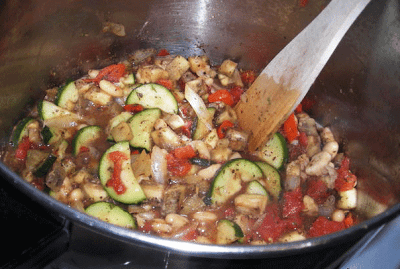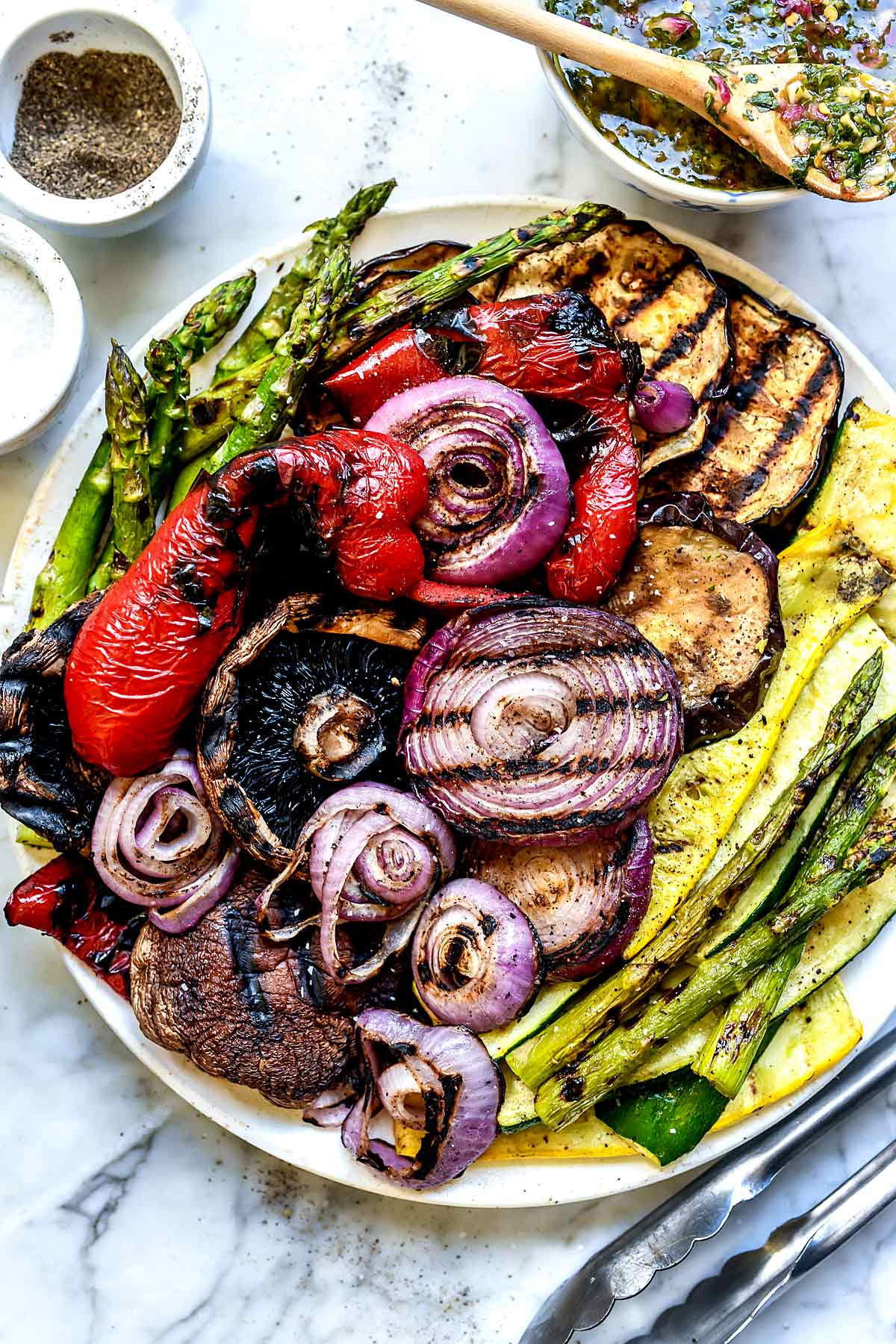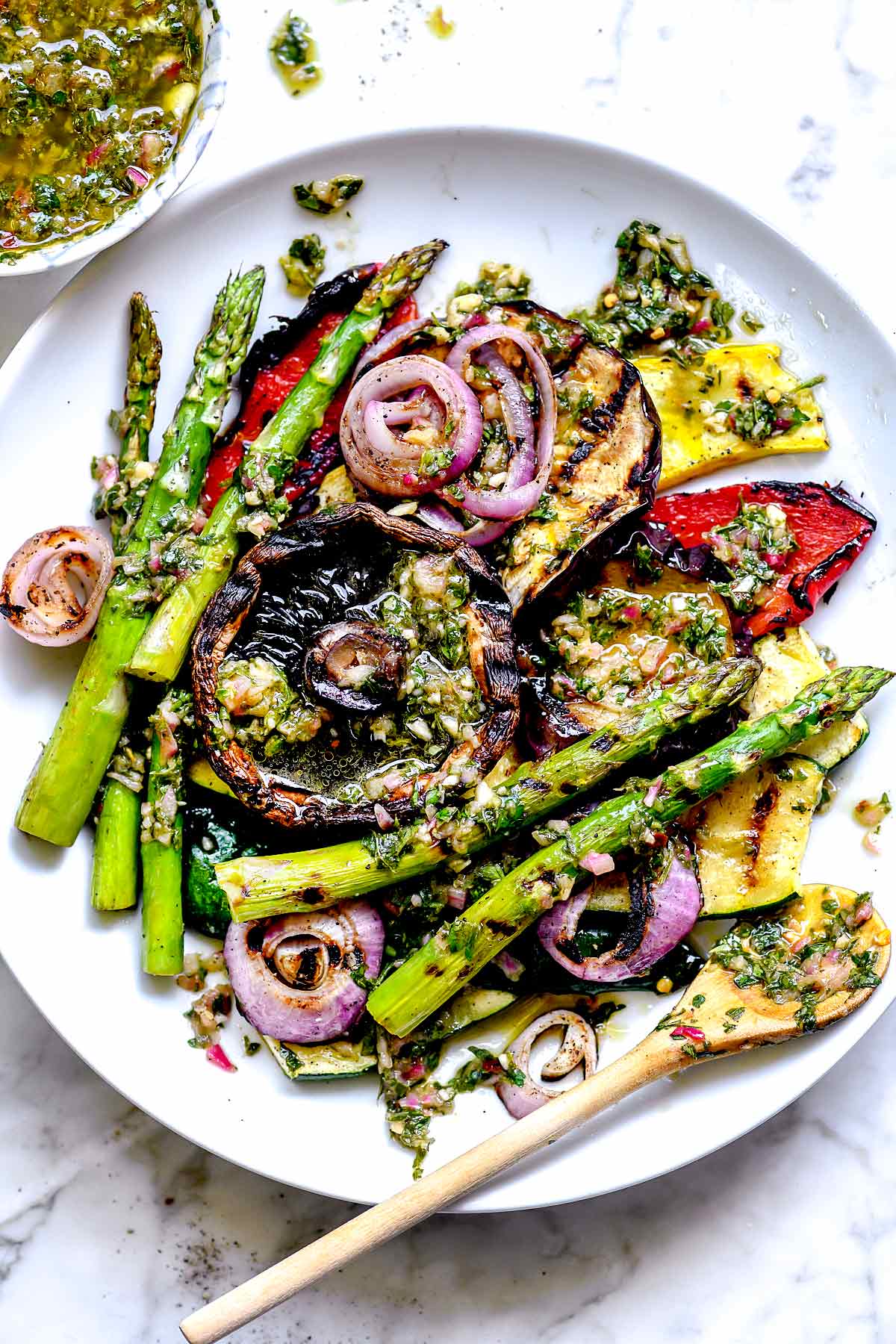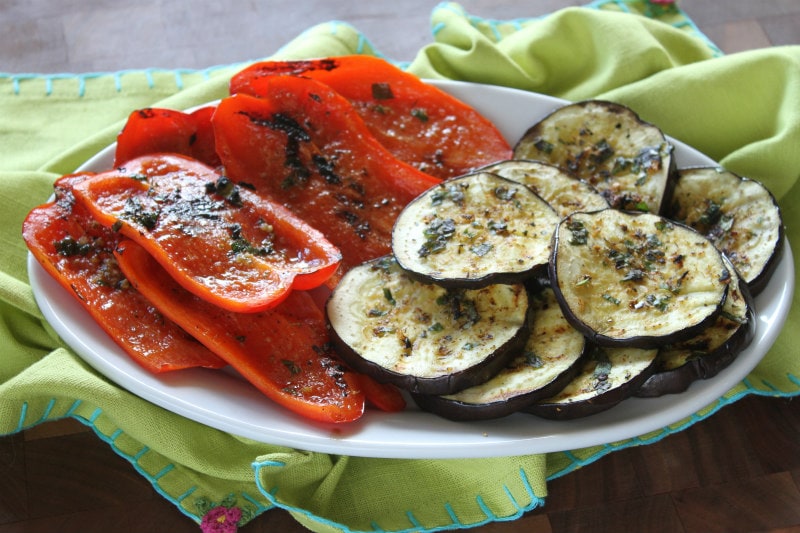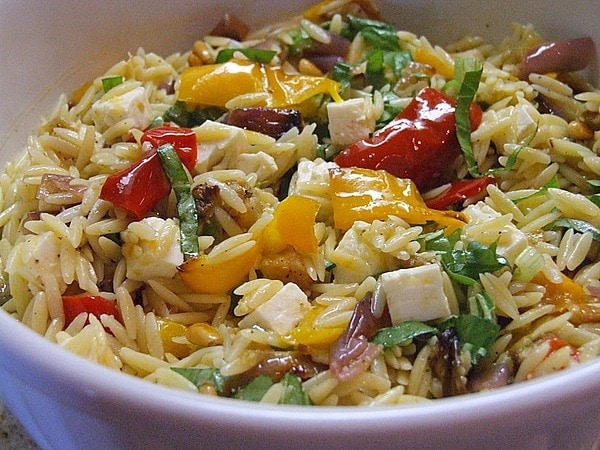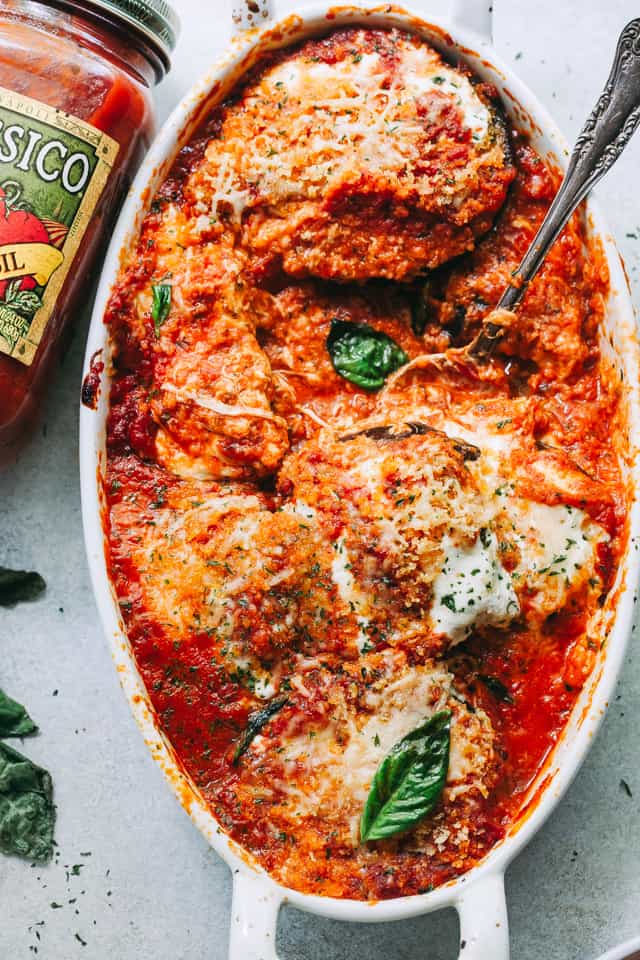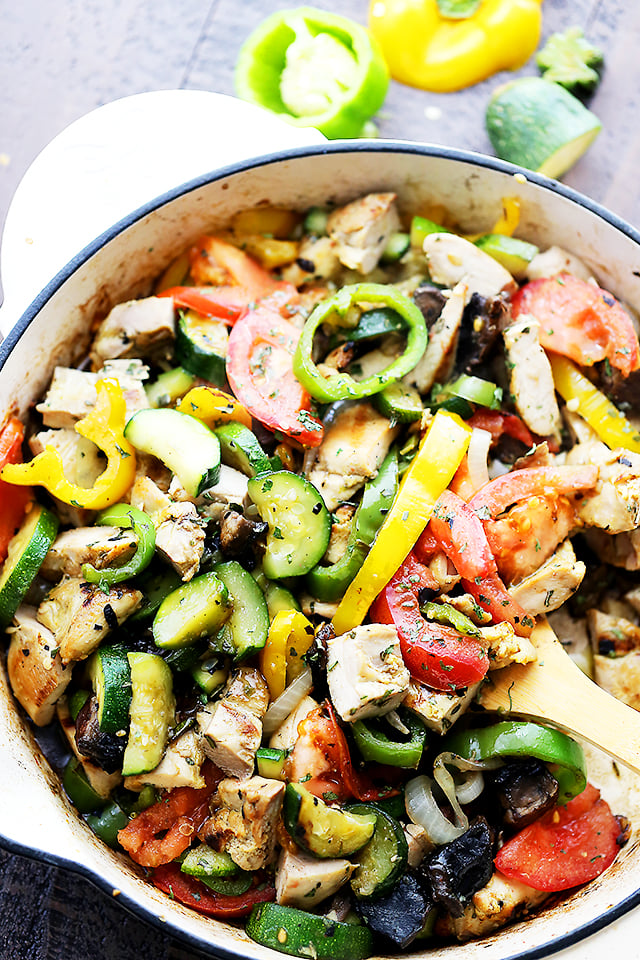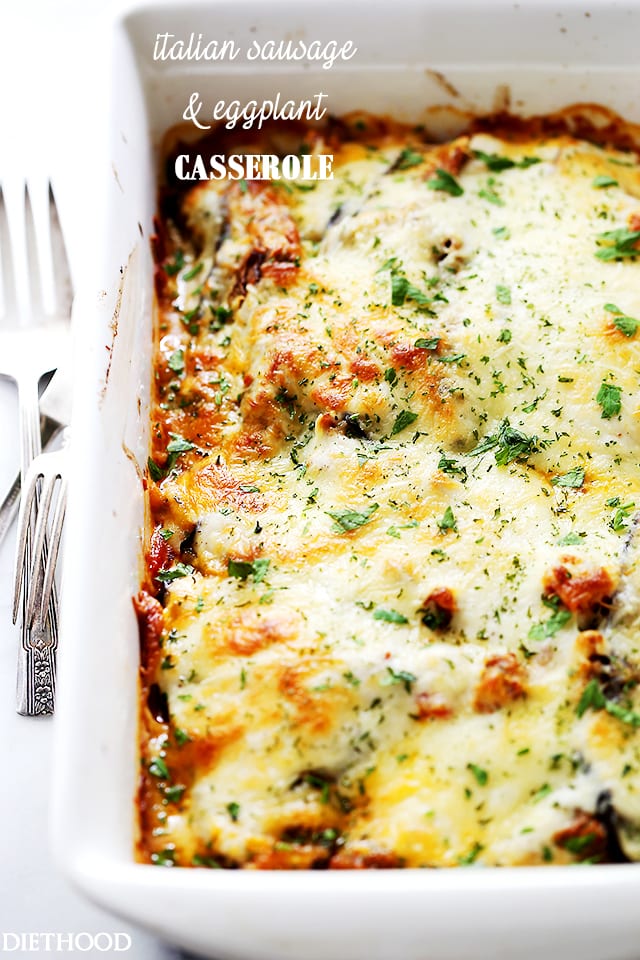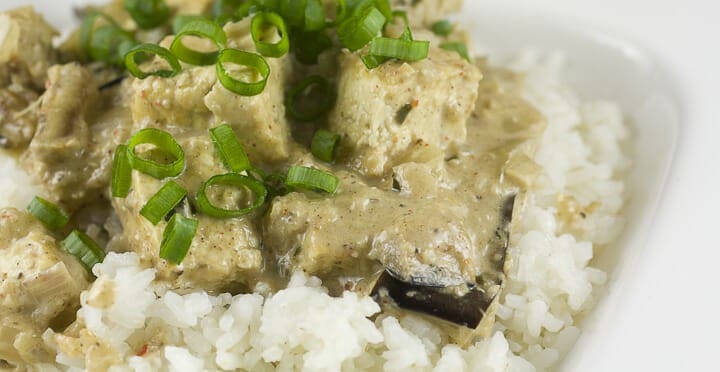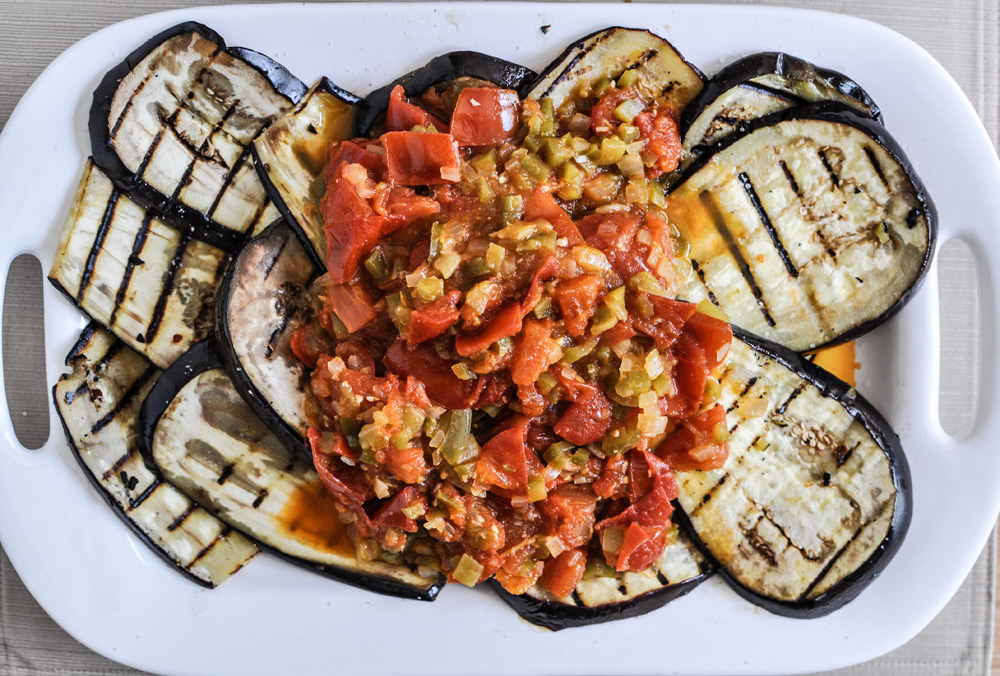Eggplant: Important Facts, Health Benefits, and Recipes
Explore the health benefits, nutritional information, and various cuisines that use eggplant, along with storage tips, types, and potential side effects in this comprehensive guide.
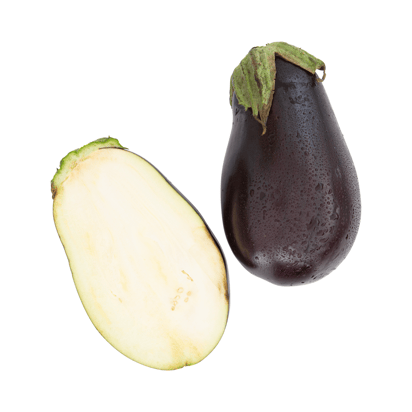
Nutritional Facts
1 eggplant, unpeeled
Amount per serving
Calories
137
Carbohydrates
32.2 g
Fat
1 g
Protein
5.4 g
Saturated Fat
0.2 g
Sodium
11 mg
Fiber
16.4 g
Sugar
19.3 g
Best Eggplant Recipes
-
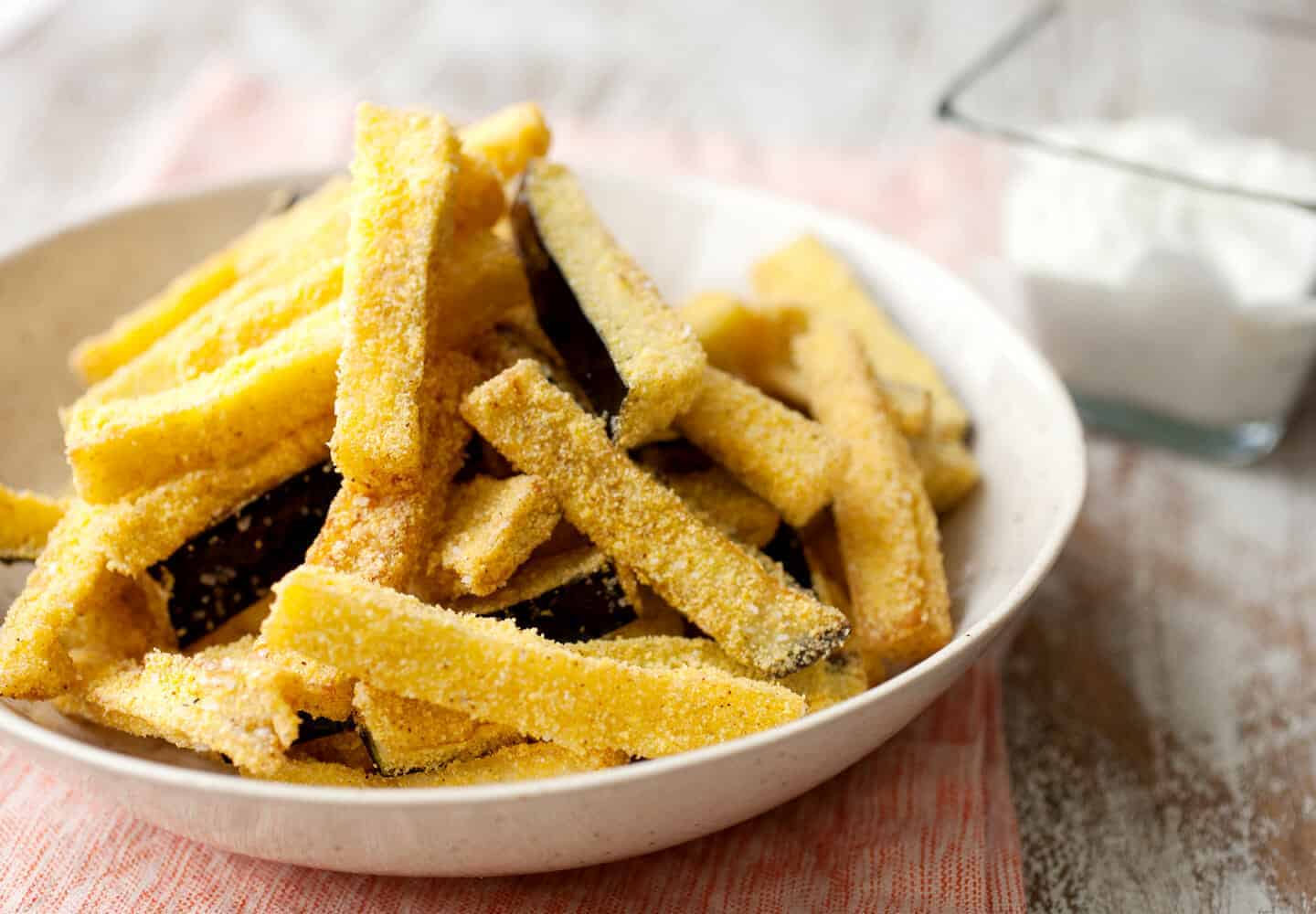
-

-

-

-
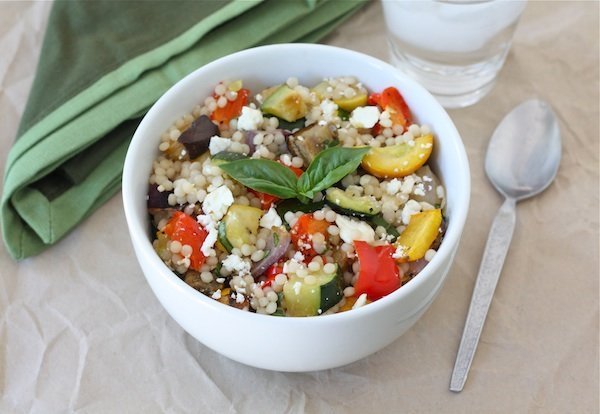
-

-

-

-
![Baked Ratatouille with Havarti Cheese Image]()
-
![Eggplant and Tomato Sauce Image]()
-
![Ratatouille Image]()
-
![The BEST Easy Grilled Vegetables Image]()
-
![Grilled Vegetables with Chimichurri Sauce Image]()
-
![Broiler eggplant sandwich with tomato and mozzarella Image]()
-
![Grilled Aubergine and Peppers Image]()
-
![Orzo with Roasted Vegetables Image]()
-
![Eggplant Rollatini Recipe Image]()
-
![Eggplant Parmesan Image]()
-
![Chicken Ratatouille Recipe Image]()
-
![Italian Sausage and Eggplant Casserole Image]()
-
![Roasted Eggplant and Tomato Sauce Stacks Image]()
-
![Vegetable Cobbler with Cheddar Biscuits Image]()
-
![Baked Eggplant Penne Pasta Image]()
-
![Grilled Eggplant Rollups with Bacon and Goat Cheese Image]()
-
![Vegetable and Meat Stew – Turli Tava Image]()
-
![Sausage Stuffed Eggplant Image]()
-
![Easy Pepperoni Eggplant Pizzas Image]()
-
![Homemade Baba Ganoush Image]()
-
![Charred Eggplant Curry Image]()
-
![The Eggplant Stack Image]()
-
![Eggplant Parmesan Rolls Image]()
-
![Spicy Braised Eggplant and Tofu Image]()
-
![Vegetable Lasagna Image]()
-
![Eggplant Parm Empanadas Image]()
-
![Pasta Bake Image]()
-
![Pumpkin Shrimp Curry Recipe Image]()
-
![Skillet Lamb Pumpkin Lasagna Image]()
-
![Easy Eggplant Dip Image]()
-
![Fire-Grilled Eggplant with Sweet Tomato Gravy Image]()
-
![Duluth Grill Ratatouille Image]()
-
![Ratatouille Tartlets Image]()
-
![Lightened-Up Eggplant Parmesan Image]()
-
![Spiralized Ratatouille Image]()
-
![Roasted Eggplant with Crispy Chickpea Arugula Salad Image]()
-
![Eggplant Lasagna Image]()
-
![Crock Pot Low Carb Lasagna Image]()
-
![Grilled Eggplant with Garlic Vinaigrette Image]()
-
![Ratatouille Baked Chicken Image]()




